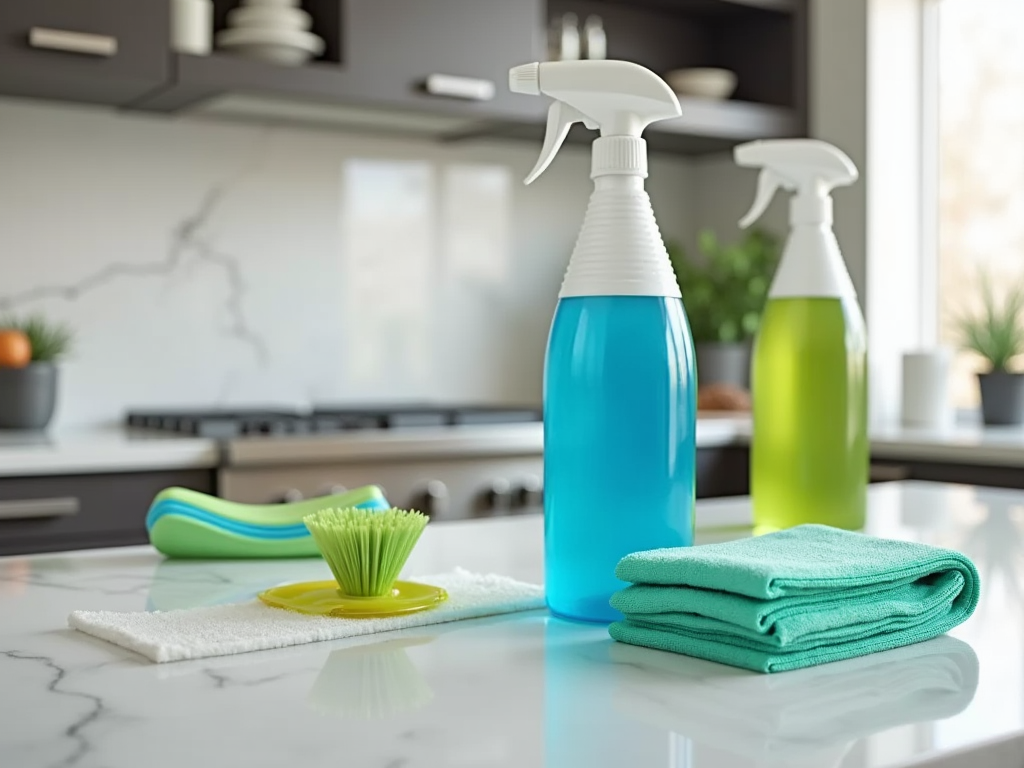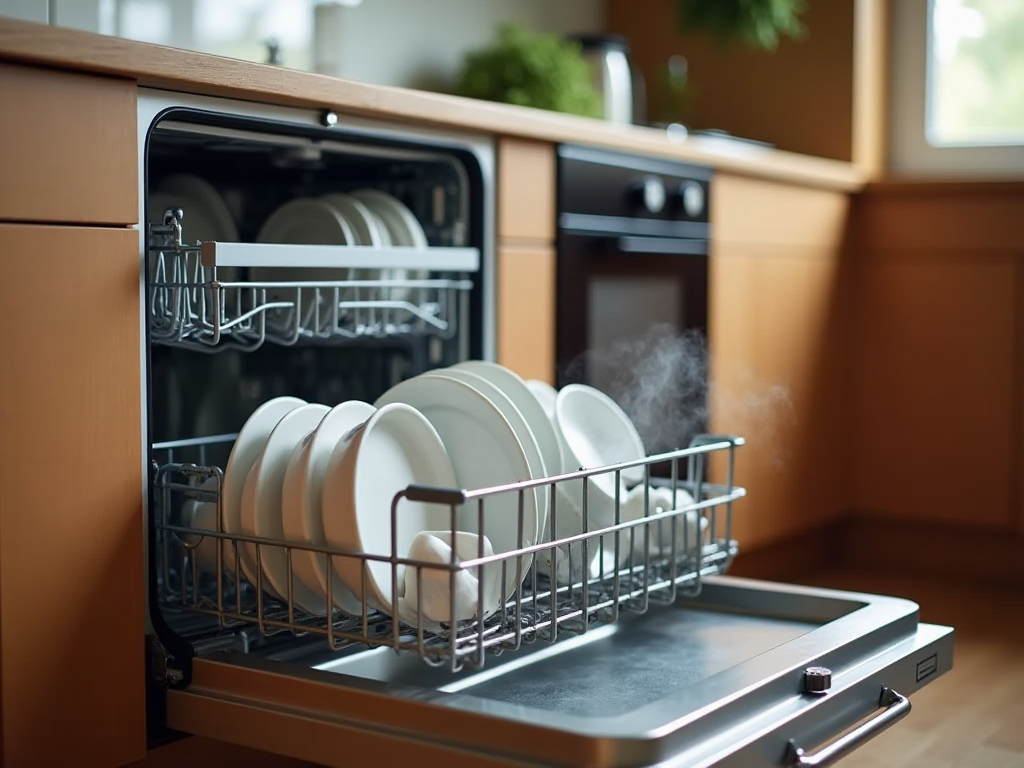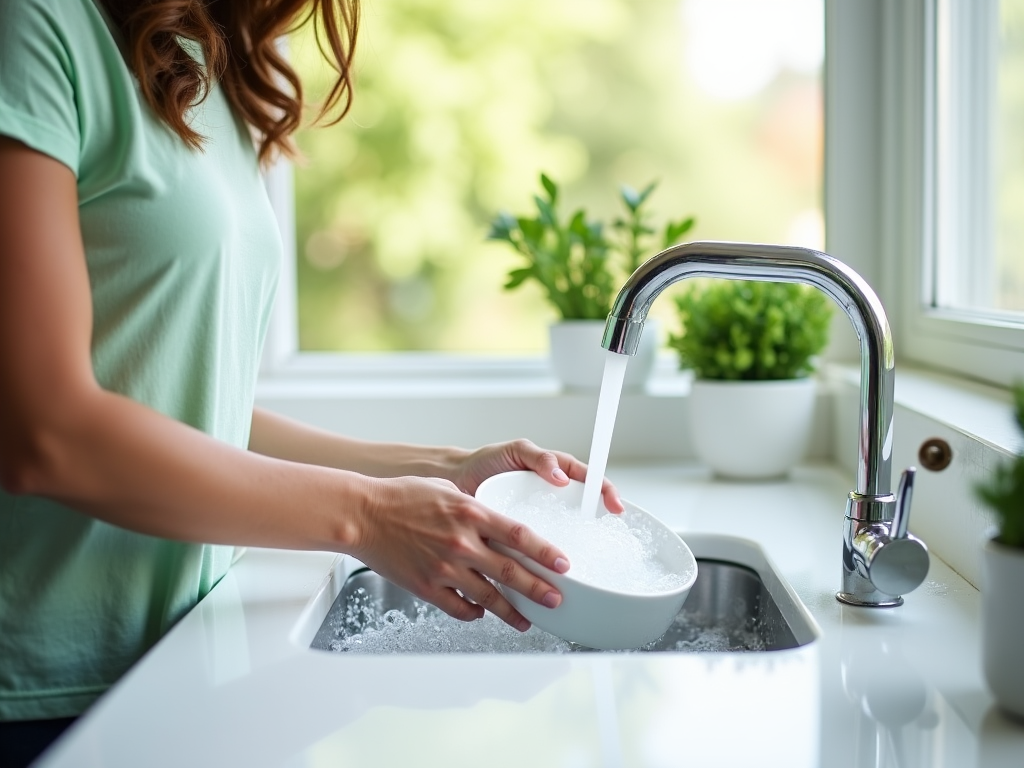Most Dish Soaps Don’t Actually Disinfect—Here’s How to Properly Sanitize Dirty Dishes

Many people believe that dish soaps disinfect their dishes, but in reality, most dish soaps are designed to clean, not sanitize. While they effectively remove grease and food particles, they often fall short of killing harmful bacteria and germs. Understanding the difference between cleaning and disinfecting is vital to maintaining a healthy kitchen environment. This article will explore how you can properly sanitize your dirty dishes to ensure they’re not only clean but safe for use.
Understanding the Difference: Cleaning vs. Disinfecting

Cleaning and disinfecting are terms that are frequently used interchangeably in households, but they have distinct meanings. Cleaning involves the removal of dirt, food particles, and other impurities from surfaces. It is often achieved using soap and water, which breaks down oils and lifts debris. However, cleaning doesn’t necessarily reduce the number of microorganisms present.
Disinfecting, on the other hand, involves the use of chemicals to kill bacteria, viruses, and fungi. This process goes beyond the physical removal of contaminants and is essential for reducing the risk of illness, particularly in areas like kitchens where foodborne pathogens can thrive. Disinfecting dishes might involve heat, chemicals, or a combination of both to ensure that all harmful organisms are eliminated.
Why Most Dish Soaps Don’t Disinfect

The primary function of dish soap is to cut through grease and help lift soils from dishes, not to kill germs. Standard dish soaps do not contain the antimicrobial ingredients needed to disinfect. While they are effective at making dishes appear clean and shiny, they don’t eliminate all bacteria and viruses. Due to this, relying solely on dish soap can leave you vulnerable to contamination.
To protect against potentially harmful microorganisms, additional steps beyond using dish soap are required. These include using a dishwasher with a sanitizing cycle or employing other methods of disinfection. Awareness of the limitations of dish soap is the first step towards achieving a genuinely sanitary kitchen environment.
Properly sanitizing your dishes involves more than just washing them with soap and water. Here are the steps you should follow to ensure your dishes are sanitary and safe for use:
- Rinse your dishes with warm water to remove loose debris.
- Wash the dishes thoroughly using dish soap and a scrub brush or sponge.
- Rinse the dishes again with hot water.
- Sanitize using one of the following methods:
- Use a dishwasher with a sanitizing setting that reaches at least 150°F.
- Soak dishes in a solution of 1 tablespoon of bleach per gallon of water for at least one minute, then rinse.
- Allow the dishes to air dry on a clean rack or use a clean towel to dry.
Following these steps will help ensure your dishes are not only visibly clean but also free from harmful pathogens that could cause illness.
The Role of Dishwashers in Sanitization
Dishwashers can be incredibly effective tools for sanitizing dishes, provided they have a sanitize setting. This setting uses temperatures high enough to kill most bacteria and viruses. Unlike handwashing, which may leave room for human error, dishwashers consistently meet the required heat levels to ensure proper sanitization.
Moreover, dishwashers distribute detergent evenly, making the entire process more efficient and thorough. The high temperatures used in dishwashers not only sanitize but also speed up drying, reducing the opportunity for bacteria to grow. If you’re looking to ensure the highest level of cleanliness, using a dishwasher with a sanitize cycle is an excellent choice.
Conclusion
Most dish soaps do a fantastic job of cleaning but fall short when it comes to true disinfection. Understanding the difference between cleaning and disinfecting can help you make informed choices in the kitchen. By following proper sanitization steps or utilizing a dishwasher’s sanitize cycle, you can ensure your dishes are both clean and germ-free. This helps in maintaining not only a sparkling kitchen but also a healthier home environment.
Frequently Asked Questions
Can dish soap kill bacteria?
Dish soap alone is not formulated to kill bacteria or viruses. While it removes grease and particles, it doesn’t disinfect. Additional steps or products are needed for disinfection.
What is the best way to sanitize dishes by hand?
To sanitize dishes by hand, use a bleach solution (1 tablespoon bleach per gallon of water), soak for at least one minute, and then rinse with clean water.
Does hot water disinfect dishes?
Hot water can help reduce bacteria, but it needs to be at least 150°F to effectively disinfect. This is why dishwashers are often more effective for sanitizing because they can reach these temperatures.
Can I use vinegar to sanitize my dishes?
Vinegar has natural antibacterial properties, but it’s not as effective as bleach or commercial disinfectants. It’s better used as a cleaning agent rather than a disinfectant.
Is air drying dishes more sanitary than towel drying?
Yes, air drying is generally more sanitary because it reduces the risk of bacteria transfer from a potentially contaminated towel. Using a clean drying rack is recommended.


